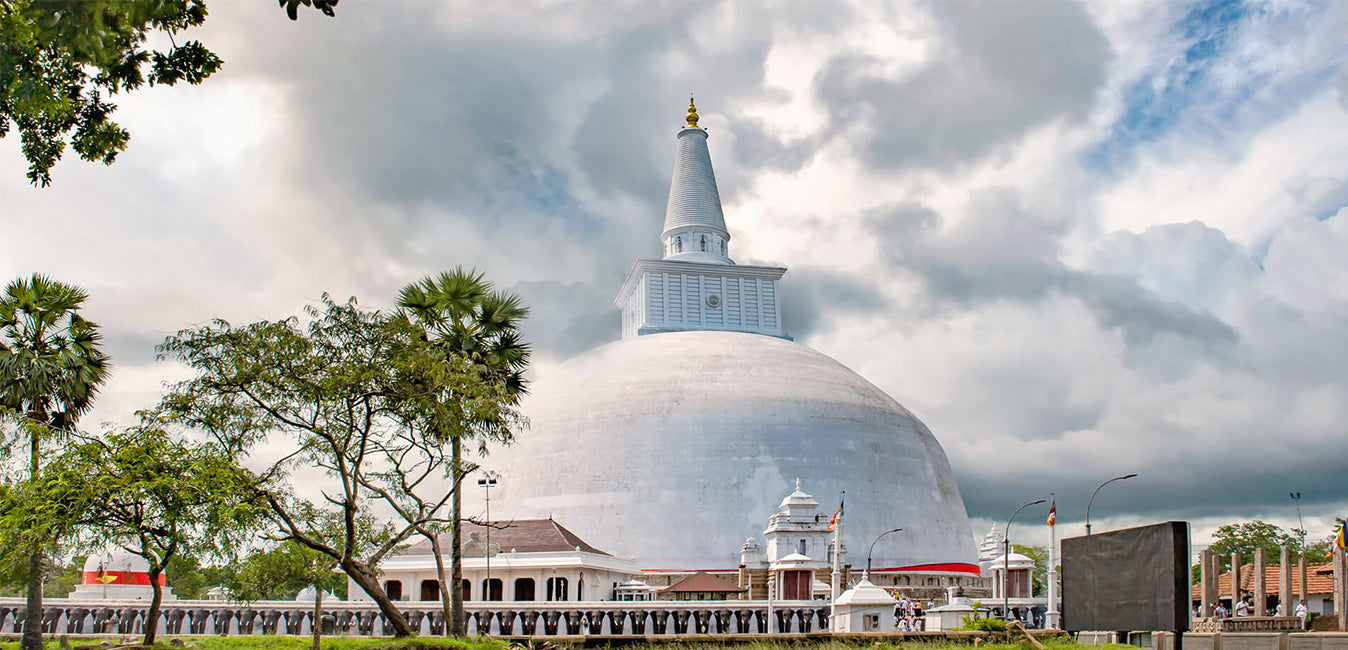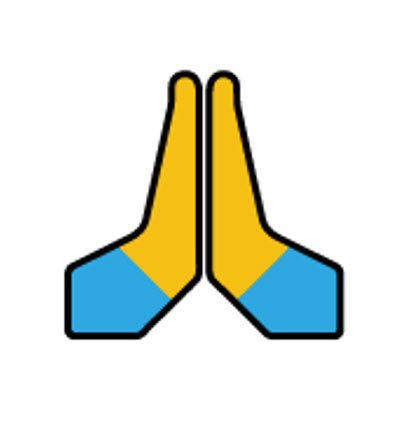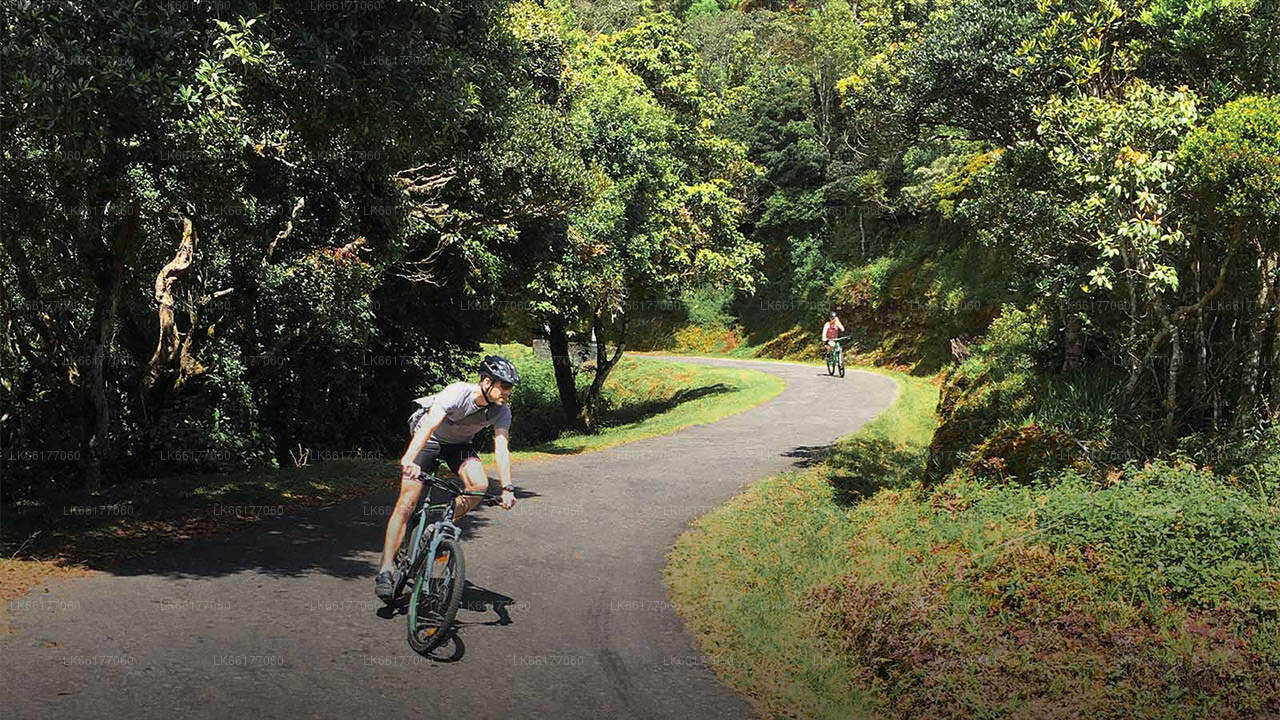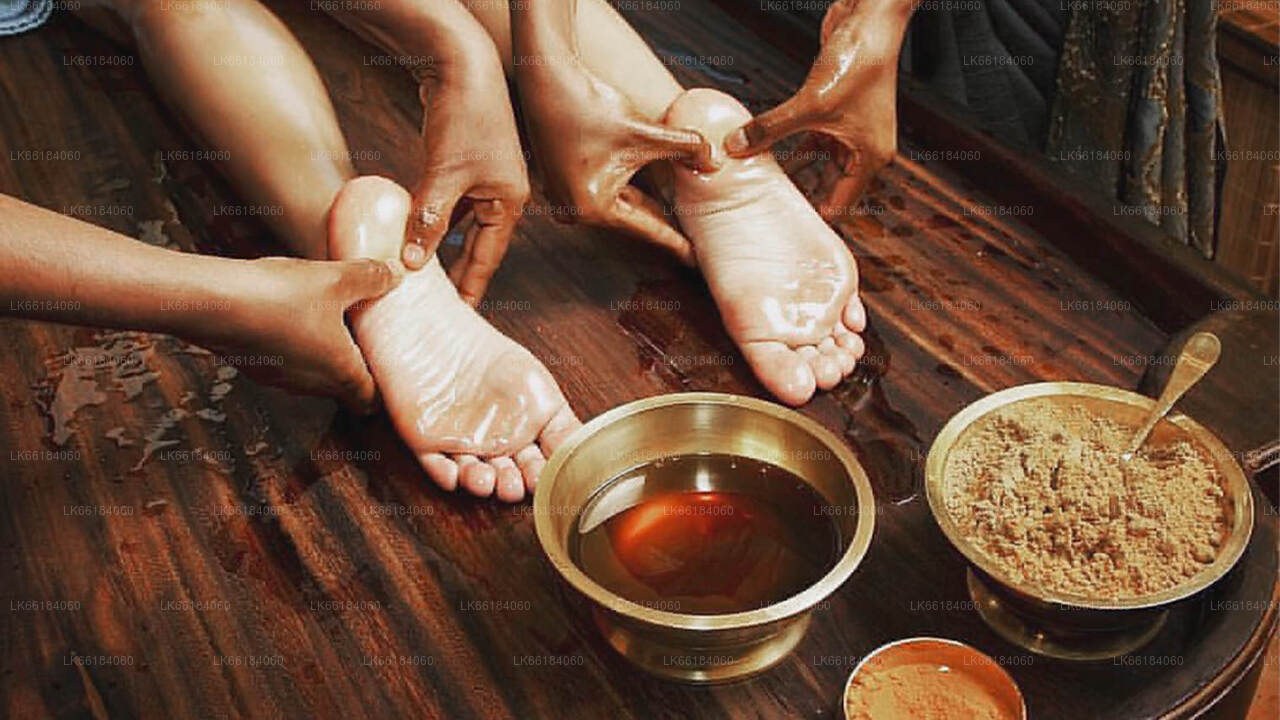
Město Anuradhapura
Anuradhapura patří do severocentrální provincie Srí Lanky. Anuradhapura je jedno ze starobylých hlavních měst Srí Lanky, známé svými dobře zachovalými ruinami starověké lanské civilizace. Město, nyní zapsané na seznamu světového dědictví UNESCO, leží 205 km severně od současného hlavního města Kolomba na Srí Lance.
Ritigala Archaeological complex
This site is the monastic complex on the lower slopes of Ritigala-kande – the Ritigala Mountain – situated in Sri Lanka’s North Central Province, 25 miles (40 kilometers) southeast of Anuradhapura. These ruins are some of the most distinctive the island has to offer. The Buddhist dagobas (domed relic chambers) and statuary of Anuradhapura and elsewhere are conspicuous by their absence.
The Archeological Site of Ritigala is situated at the eastern slopes of the Ritigala mountain range, the car park and entrance of the excavation site is 20 km to the northwest of Habarana by road. It can be reached from a turn-off at the Habarana-Anuradhapura Road (A11) at a distance of 12 km from Habarana. An 8.5 km along a graveled road leads to the car park of Ritigala at the foot of the mountain range. The distance from Anuradhapura New Town is 55 km, from Polonnaruwa Archeological Site 63 km, from Kandy 113 km, and from Trincomalee 105 km.
Attraction of Ritigala archaeological complex
The reservoir: the perimeter of this huge polygonal reservoir measures 366 meters. it is said to have been dug during the reign of King Pandukabhaya (437-367 BC). Because of its location even before the entrance to the monastery, its use would have been to allow pilgrims and visitors to perform a ritual bath before entering the premises. The reservoir is crossed by a river which supplied it with water. Visitors would walk along it clockwise and reach the other side of the river.
The hospital: among the remains still visible are those of an ancient hospital and facilities for making herbal medicines, a field in which the monks particularly excelled. We can still see a bathtub used for Ayurvedic baths, as well as stones used to reduce roots and herbs to powder.
The double platforms: about fifty terraces are visible in Ritigala. On each of them, a double platform was built. They were probably surmounted by buildings housing meditation cells and other spaces devoted to common rites and teachings. Each of these platforms is oriented east-west and a stone bridge connects each pair. These platforms are typical of forest hermitages like that of Ritigala.
The traffic circles: the paved path is crossed by traffic circles visible at each intersection. These are large slabs forming a circle from which two or more paths start.
O okrese Anuradhapura
Anuradhapura patří do severocentrální provincie na Srí Lance. Anuradhapura je jedno ze starobylých hlavních měst Srí Lanky, známé svými dobře zachovalými ruinami starověké lanské civilizace. Město, nyní zapsané na seznamu světového dědictví UNESCO, leží 205 km severně od současného hlavního města Kolomba na Srí Lance. V posvátném městě Anuradhapura a jeho okolí se nachází velké množství ruin. Ruiny se skládají ze tří tříd budov: dagoby, klášterní budovy a pokuny (rybníky). Město mělo jedny z nejsložitějších zavlažovacích systémů starověkého světa a nacházelo se v suché zóně země. Správa vybudovala mnoho nádrží k zavlažování půdy. Většina obyvatelstva jsou Sinhálci, zatímco v okrese žijí Tamilové a srílanští Maurové.
O severocentrální provincii
Severocentrální provincie, která je největší provincií v zemi, pokrývá 16 % celkové rozlohy země. Severocentrální provincie se skládá ze dvou okresů zvaných Polonnaruwa a Anuradhapure. Anuradhapura je největší okres na Srí Lance. Jeho rozloha je 7 128 km². Severocentrální provincie má pro investory mnoho potenciálu k zahájení podnikání, zejména v zemědělství, zemědělském průmyslu a chovu hospodářských zvířat. Více než 65 % obyvatel Severocentrální provincie je závislých na základním zemědělství a zemědělském průmyslu. NCP se také nazývá „Wew Bendi Rajje“, protože se v provincii nachází více než 3 000 středních a velkých nádrží. Sri maha bodiya, Ruwanweli seya, Thuparama dageba, klášter Abayagiri, Polonnaruwa Rankot wehera a Lankathilake se bojí...

















